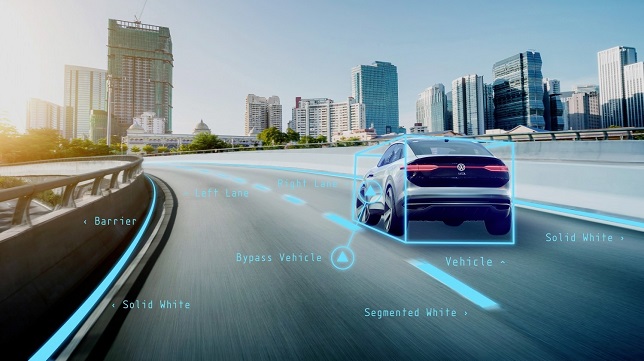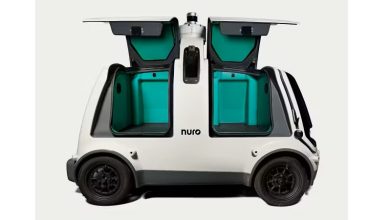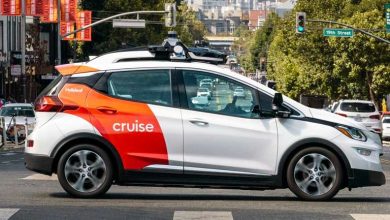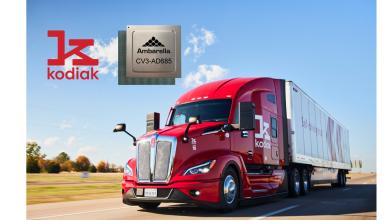NCOA and Volkswagen Study: 70% of older drivers embrace self-driving vehicles and ride-hailing services

The National Council on Aging (NCOA), the national voice for every person’s right to age well, and Volkswagen Group of America released the results of an online survey of older adults designed to better understand attitudes and perceptions about self-driving and ride-hailing (SDRH) services and their perceptions about alternative transportation options.
Approximately 70% of respondents said they have trust in SDRH services, feel confident that they could enhance their safety, and believe that such services could help them achieve tasks outside the home and do the things they want in life.
“Technology will play a key role in addressing challenges faced by older adults who are no longer able to drive,” said NCOA Senior Director Kathleen Cameron. “The five most important aspects of SDRH services for older adults are safety, quality of service, convenience, traffic, and overall comfort of riding in the vehicle.”
Three-quarters of respondents said they expect to use SDHR technologies in the future, and 71% agreed it would help them maintain their independence.
Older adults often outlive their decision to stop driving by about 10 years for women and 7 years for men. The decision to stop driving is usually due to declining vision, physical, and cognitive abilities or the use of medications that impair driving. Non-driving older adults need alternative transportation to go to doctor’s appointments, shop, and engage in activities that keep them socially connected, like attending religious services, visiting friends and family, and enjoying entertainment. Caregivers most often provide this transportation. In some parts of the country, public transportation, taxis, and ride hailing services like Uber may be options for older adults. However, in many rural areas, these alternatives are not available.
Technology can play an important role in addressing these challenges. Today, many in-car technologies support the driver by performing parts of the driving task, and soon, cars will become so advanced they will be able to support the driving task entirely from start to end. Self-driving ride-hailing services, such as self-driving taxis, Ubers or Lyfts, or public transit shuttles also could be a solution for older adults.
Almost 2,500 people over age 55 responded to the NCOA survey. The average age of respondents was 60 and 64% were male. Most respondents were white (75%), while 15% were Black/African American, 4.3% American Indian/Alaskan Native, and 30% Hispanic/Latino. Most respondents were from metro areas (88%), and 8% resided in suburban areas and 4% rural areas.





